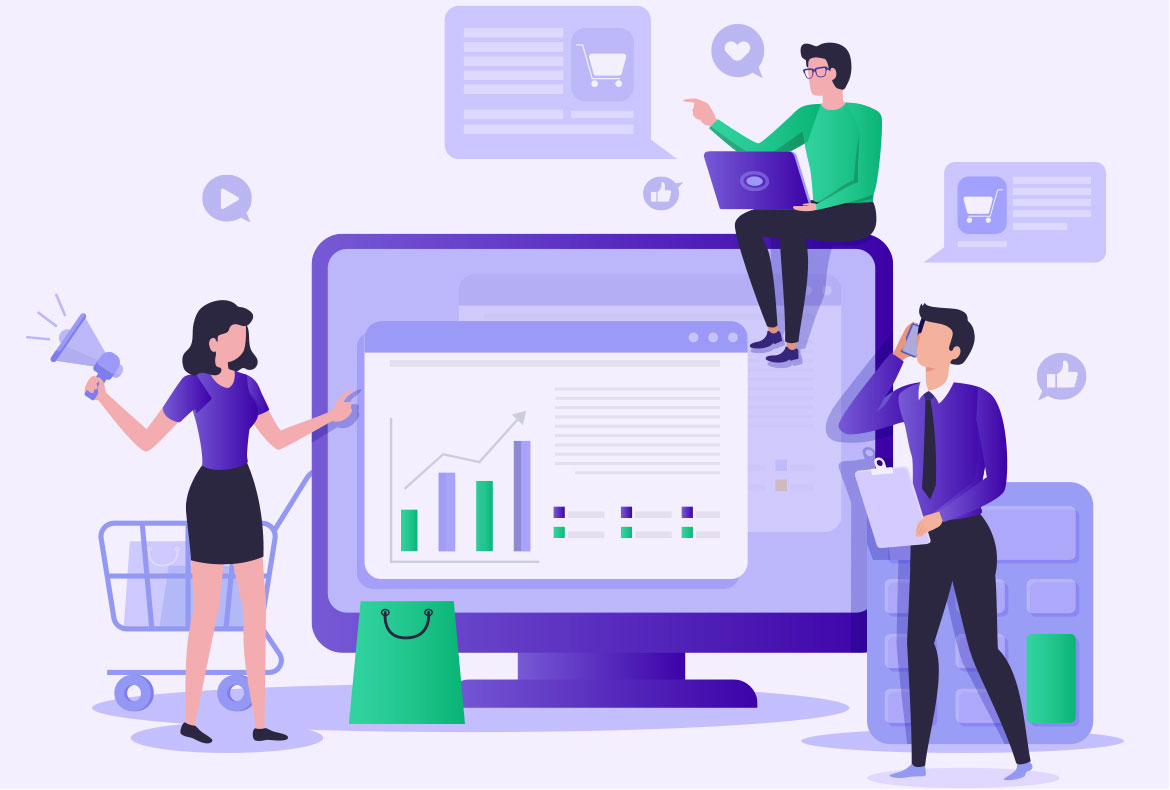
- Posted on
- Michael Miller
Website Analytics: Choosing the Right Tool & Understanding the Future
In a digital world driven by attention, conversions, and user experience, website analytics has evolved far beyond simple pageviews and bounce rates. Modern marketers must analyze behavior across channels, devices, and even conversations. As we head deeper into 2025, understanding how visitors interact with your website — and which tools give you the clearest picture — is essential to growth.
At EMMGS, we believe analytics should do more than report. It should reveal, predict, and guide action. Below, we break down the top three analytics platforms on the market today, how they differ, and what emerging trends marketers need to watch — including how to make sense of chatbot traffic in your funnel.
The Top 3 Website Analytics Platforms in 2025
1. Google Analytics 4 (GA4): Best for Deep, Free Insights
Google Analytics 4 remains the most widely used platform, and for good reason. It offers enterprise-grade features at no cost, making it the go-to for small businesses, agencies, and global brands alike. GA4 uses an event-based tracking model, allowing you to measure user interactions across websites and apps with high flexibility. Predictive metrics (like purchase probability), cross-device tracking, and enhanced privacy controls make it powerful for today’s data environment.
Pros:
Free and widely supported
Seamless integration with Google Ads, Search Console, and Tag Manager
Strong machine learning predictions
Cons:
Steep learning curve
Limited out-of-the-box dashboards
Can be overwhelming without customization
Best For: Brands looking for robust, customizable analytics with broad integrations — and teams willing to invest time to master it.
2. Matomo: Best for Data Privacy & Ownership
Formerly known as Piwik, Matomo offers a privacy-centric alternative to GA4 — a growing priority as regulations like GDPR and CCPA tighten. What makes Matomo unique is that it gives businesses full control over their data, either through self-hosting or on their secure cloud. You can track detailed metrics, create custom reports, and integrate heatmaps and session recordings, all while avoiding third-party data sharing.
Pros:
100% data ownership
No data sampling
Easy compliance with privacy regulations
Cons:
Limited predictive features
Not as deeply integrated with advertising platforms
Can be slower to scale without tech support
Best For: Organizations in highly regulated industries or those prioritizing first-party data ownership.
3. Plausible Analytics: Best for Simplicity & Speed
Plausible is the rising star in lightweight, privacy-friendly analytics. Designed for marketers who want fast, easy-to-understand insights without the bloat of traditional platforms, it delivers real-time traffic reporting, referral breakdowns, and conversion tracking in a clean, minimalist interface. It’s 100% GDPR-compliant and cookie-free — no annoying banners or compliance worries.
Pros:
Lightweight and blazing fast
Beautiful, simple UI
No cookies or data collection consent issues
Cons:
Lacks deep funnel tracking or event tagging
Limited integrations
Not ideal for large, complex sites
Best For: Marketers who want speed, clarity, and privacy without sacrificing key performance insights.
Future-Proofing Your Analytics Strategy
As we move into the next evolution of digital marketing, here are key trends shaping analytics:
First-party data dominance: With the end of third-party cookies looming, marketers must focus on collecting and leveraging their own data through secure, ethical means.
Predictive modeling & AI: Platforms like GA4 are already integrating predictive audiences. Expect smarter forecasting and anomaly detection to become standard.
Cookieless attribution: Privacy-first analytics tools like Fathom and Plausible are paving the way for consent-free measurement that respects user rights while maintaining insight quality.
Cross-channel unification: Tomorrow’s winners will connect website data with CRM, email, chatbot, and ad platform metrics in a single dashboard — a full picture of the customer journey, not siloed fragments.
Interpreting Chatbot Web Traffic: A New Frontier
In 2025, chatbot interactions are no longer novelties — they’re core parts of the user experience. Whether it’s an AI assistant qualifying leads or answering FAQs, chatbot traffic introduces new analytics challenges.
Here’s how to make sense of it:
Treat chat starts as conversion signals: Use events in GA4 or custom goals in Matomo to track when users open or interact with the chatbot. This is a clear indicator of interest or intent.
Map chat outcomes: Tag interactions based on whether they led to a signup, download, or bounce. This helps refine chatbot scripts and CTA placement.
Separate bot and human traffic: Many analytics platforms now let you filter traffic originating from chat tools versus direct navigation. This helps avoid data distortion.
Layer behavior insights: Combine session recordings (via tools like Hotjar or FullStory) with chatbot transcripts to understand what users were looking for — and whether they found it.
The key is to not isolate chatbot data, but integrate it into your broader funnel. Think of your chatbot not as a tool, but as a sales or support rep — and analyze its performance with the same rigor.
Final Word: Don’t Just Track — Interpret, Iterate, Grow
Analytics is no longer about counting clicks. It’s about understanding user behavior, optimizing experience, and predicting what comes next. Choosing the right platform is critical — but knowing how to turn that data into action is where the real growth happens.
At EMMGS, we help brands build analytics strategies that drive decisions, not just dashboards. Whether you need to migrate to GA4, implement privacy-first tools, or turn chatbot data into insights — we’ve got the roadmap.


